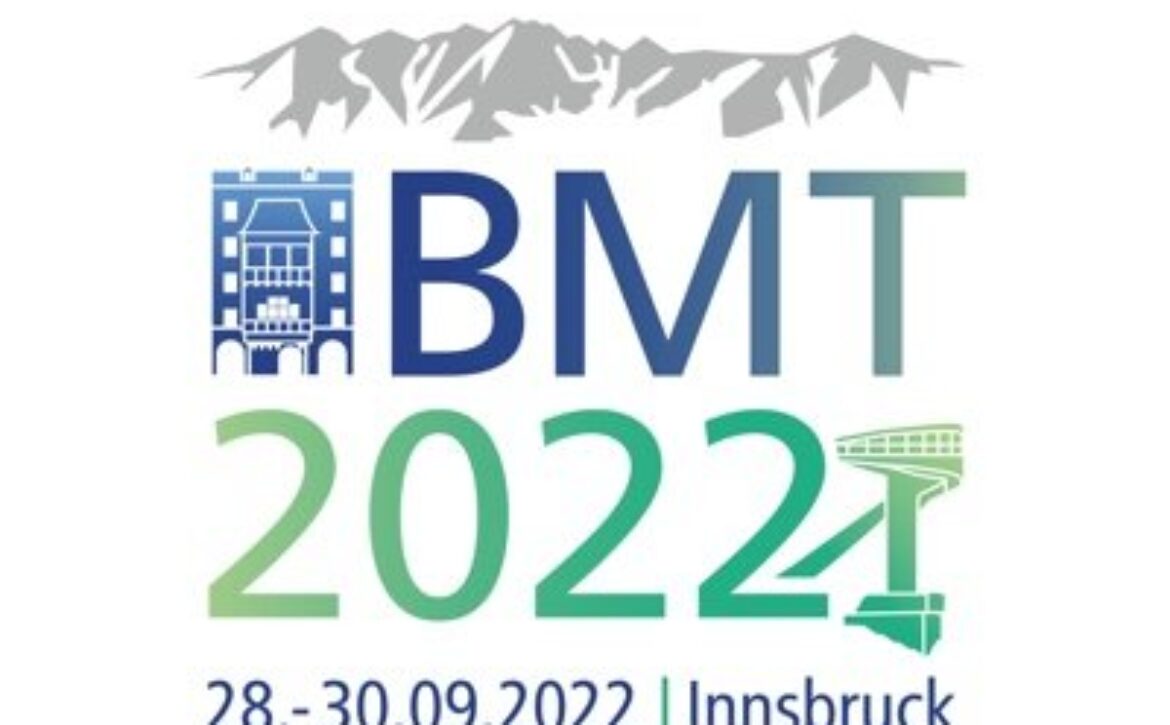NGM presenting @ BMT Focus Session “Nanotechnologies for Safe & Sustainable Biomedical Applications” on 28 Sept.
The biomedical engineering community will come together again in the heart of the Alps. Innsbruck with its unique combination of urban flair and impressive mountain scenery will provide an inspiring atmosphere to meet colleagues and friends, exchange scientific ideas, discuss current trends, initiate new research and make new contacts.
BNN encourages NextGenMicrofluidics beneficiaries and all interested parties to join our focus session “Nanotechnologies for Safe & Sustainable Biomedical Applications”.
Chairs: Andreas Falk, Susanne Resch, and Clemens Wolf, BioNanoNet Forschungsgesellschaft mbH (BNN), Austria
Dr. George Tsekenis from Biomedical Research Foundation of the Academy of Athens is going to give a presentation titled “NextGenMicrofluidics: low-cost, high-throughput manufacturing approaches for the development of microfluidics-based molecular diagnostics devices” during this focus session” on 28 September 2022 in Innsbruck, Austria.
ABSTRACT
NextGenMicrofluidics: low-cost, high-throughput manufacturing approaches for the development of microfluidics-based molecular diagnostics devices (Zena Chakim, Dimitris G. Karadimas, Jenny Graunitz, Joerg Nestler, Claude Leiner, Martin Smolka, Anja Haase, Jan Hesse, Richard Benauer, Andreas Flanschger, Andreas Mader, Wilfried Weigel, Nastasia Okulova, Jan Kafka, Conor O’Sullivan, Mirko Lohse, Janine Brommert, Christoph Stöver, Goran Bijelic, George Tsekenis)
Introduction
The COVID-19 pandemic has highlighted the importance of population-scale screening to identify infected and often asymptomatic individuals, making the need for low-cost and reliable tests that can be widely-implemented even more pressing.
Methods
To address this need, and within the context of the H2020 NextGenMicrofluidics project, we have focused on the development of a microfluidic-based Lab-on-a-Chip (LoC), for the multiplexed detection of SARS-CoV-2 as well as Influenza A (both H1N1 and H3N2), combining a roll-to-roll (R2R) fabricated sensor foil with an injection-molded cartridge. Detection of viral genetic material relies on the Linear-after-the-Amplification (LATE) PCR protocol, while their detection is achieved through hybridization with a virus- and strain- specific microarray of probes, spotted onto an appropriately-functionalized polymer foil. The latter also serves as a waveguiding element, where a sensitive TIRF (total internal reflection fluorescence) readout is realised. Integration of the probe-spotted foil with a disposable microfluidic cartridge, consisting of several reservoirs for reagents as well as a capillary chamber for viral RNA amplification by means of convective PCR (cPCR), permits further reductions in the LoC footprint to be attained. Finally, liquids are moved within the cartridge by integrated electrochemical micropump, making PCB-based fluidic actuation obsolete.
Results
Herein, the sensitive and selective detection of viral genetic material in real patient samples with the use of the novel LoC is demonstrated, while the challenges faced upon integrating the individual and highly-heterogeneous components of the molecular diagnostics assay are also discussed.
Conclusion
The proposed microfluidic-based LoC addresses the current global demand for sustainable and efficient processes in the diagnostics field as it enables high-throughput, cost-effective manufacturing, while the high degree of process parallelisation accomplished renders it suitable for the test quantities needed for mass screening and viral strain discrimination.
